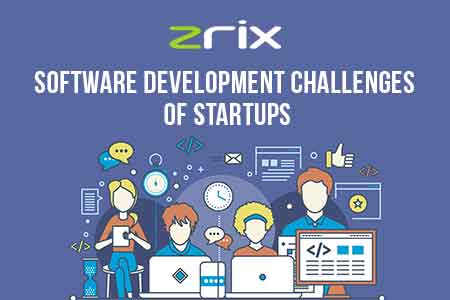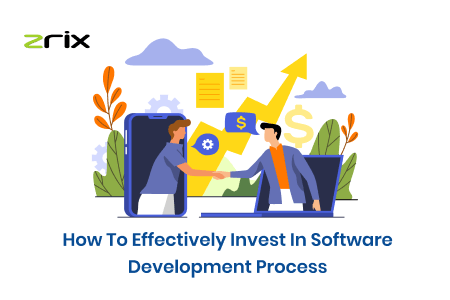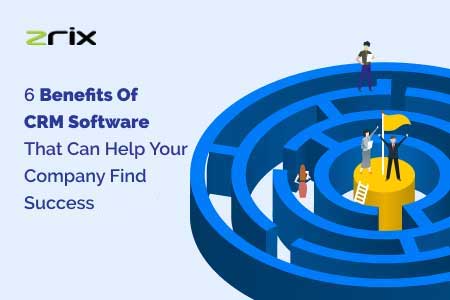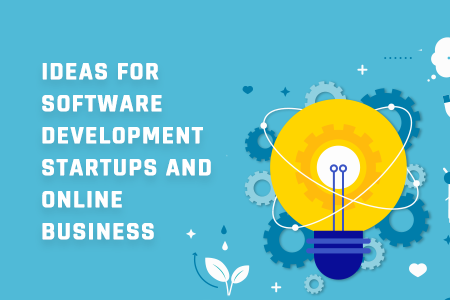In the ever-evolving landscape of software development, two prominent methodologies have emerged as the cornerstone of project management: Agile and Waterfall. These methodologies represent distinct approaches, each with its own set of principles, processes, and advantages. As businesses strive for efficiency, innovation, and successful project outcomes, the choice between Agile and Waterfall becomes a pivotal decision. In this comprehensive exploration, we'll delve into the nuances of Agile and Waterfall methodologies, highlighting their testing, advantages, disadvantages, business analysis, phases, requirements, roadmap, software development, statistics, and scope. By the end, you'll be equipped with the insights to navigate the path forward, whether you're a stakeholder, developer, or a custom software development company seeking to craft the future of software development.
Table of Content
- Agile vs. Waterfall: Decoding the Differences
- Agile Phases vs. Waterfall Phases
- Requirements: Evolving vs. Predetermined
- Roadmap: Flexibility vs. Predictability
- Software Development: Iterative vs. Sequential
- Statistics: Insights into Methodology Effectiveness
- Scope: Adaptation vs. Stability
- Crafting the Future: Making an Informed Choice
- Conclusion
Agile vs. Waterfall: Decoding the Differences
Agile Testing vs. Waterfall Testing
Agile emphasizes continuous testing throughout the development cycle. Frequent iterations allow for real-time testing, feedback, and adjustments, ensuring that issues are caught early and rectified promptly. In contrast, Waterfall adopts a sequential approach, conducting testing primarily at the end of the development cycle. While Waterfall's testing phase is comprehensive, it may lead to delayed issue detection and higher costs for corrections.
Advantages and Disadvantages
Agile boasts flexibility, adaptability, and quicker time-to-market due to its iterative nature. It accommodates changing requirements and allows for frequent customer feedback. On the other hand, Waterfall offers structured planning, making it suitable for projects with well-defined scopes. However, its rigidity can be detrimental when requirements evolve during the project.
Business Analysis: Agile's Dynamism vs. Waterfall's Precision
Agile allows for ongoing collaboration between developers and stakeholders, facilitating dynamic adjustments based on changing market trends and customer needs. Waterfall, with its thorough upfront planning, provides a clear roadmap, enabling accurate budgeting and resource allocation.
Agile Phases vs. Waterfall Phases
Agile comprises iterative phases like planning, design, development, testing, and deployment. Each iteration builds on the previous one, fostering incremental progress. Waterfall's linear phases involve requirements, design, implementation, testing, and maintenance, ensuring a comprehensive approach to each stage before moving on.
Requirements: Evolving vs. Predetermined
Agile embraces evolving requirements, welcoming changes even late in the development cycle. This ensures the end product aligns closely with customer expectations. Waterfall, with its fixed requirements, minimizes changes during development, which can be advantageous when dealing with stable project scopes.
Roadmap: Flexibility vs. Predictability
Agile's adaptable roadmap allows teams to pivot quickly based on emerging insights or market shifts. Waterfall's predefined roadmap offers predictability, aiding long-term planning and resource allocation.
Software Development: Iterative vs. Sequential
Agile's iterative nature fosters regular customer feedback, leading to a product that aligns more closely with market demands. Waterfall's sequential approach ensures each phase is completed before moving on, which can be suitable for projects with well-defined scopes.
Statistics: Insights into Methodology Effectiveness
Statistics reveal Agile's success in reducing project failure rates and improving team satisfaction. Waterfall projects tend to have a higher success rate in meeting initial scope and budget targets, albeit with potentially less flexibility.
Scope: Adaptation vs. Stability
Agile's scope can evolve with customer feedback and changing market trends, making it well-suited for dynamic industries. Waterfall's fixed scope ensures clarity and stability but may struggle to accommodate shifting project requirements.
Crafting the Future: Making an Informed Choice
In the dynamic landscape of software development, choosing between Agile and Waterfall involves considering project specifics, business needs, and industry dynamics. As a custom software development company, aligning the chosen methodology with client expectations and project requirements is paramount. Agile's adaptability and customer-centric approach can foster innovation and responsiveness, while Waterfall's structured planning and sequential phases can provide stability and predictability. Striking the right balance between these methodologies or adopting a hybrid approach could be the key to crafting a successful software development journey.
Conclusion
In the Agile vs. Waterfall dichotomy, there is no one-size-fits-all answer. Each methodology has its strengths and weaknesses, making them suitable for different contexts. Agile's iterative, customer-centric approach empowers adaptation and innovation, while Waterfall's structured phases provide stability and predictability. Whether you're navigating the rapids of evolving requirements or charting a course through well-defined scopes, the future of software development is shaped by your choice. As a custom software development company or an individual developer, embracing the methodology that aligns with your project goals and industry dynamics is the first step towards crafting a successful and impactful software solution.



